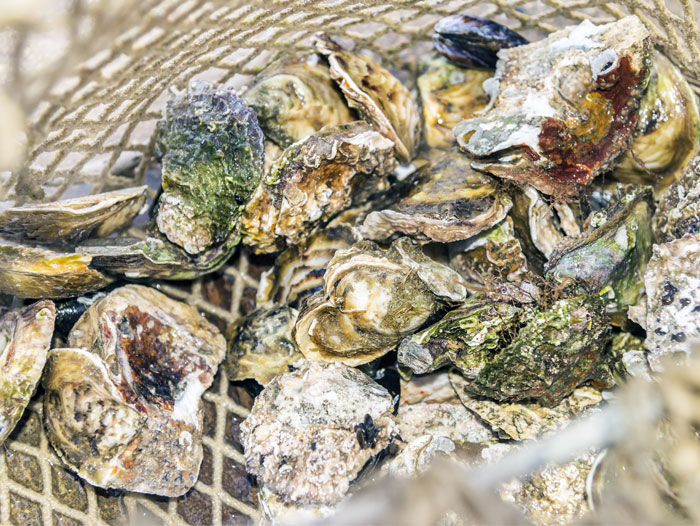CFIA Announces Detection of MSX and Dermo in oysters in New Brunswick
November 25, 2024 | 5 min to read
The Canadian Food Inspection Agency (CFIA) confirmed the first cases of MSX, caused by Haplosporidium nelsoni, and Dermo, caused by Perkinsus marinus, in Spence Cove, New Brunswick. Although these diseases do not threaten human health, they lead to increased oyster mortality and reduced growth rates. To combat this, the CFIA, Fisheries and Oceans Canada, and provincial partners are implementing movement controls and monitoring measures to manage the outbreak.

OTTAWA, ON – The Canadian Food Inspection Agency (CFIA) has confirmed the presence of two oyster diseases in samples collected in Spence Cove, New Brunswick. The first, multinucleate sphere unknown (MSX) is caused by Haplosporidium nelsoni. The second, Dermo (also known as Perkinsosis), is caused by Perkinsus marinus.
MSX and Dermo do not pose risks to human health or food safety. However, they cause increased oyster mortality and decreased growth rates. This is the first confirmed case of MSX in New Brunswick, and the first confirmed case of Dermo in Canada.
To limit the spread of these diseases, the CFIA, Fisheries and Oceans Canada (DFO) and the Province of New Brunswick are working together with stakeholders, provincial partners, and Indigenous communities to monitor the situation and take necessary action. These actions are part of the Government of Canada’s One Health approach to prepare for, detect, and manage animal diseases. In addition to existing robust protective measures and increased animal surveillance measures, the CFIA, DFO and the Province continue to conduct tracing activities and testing of oysters to gain insight into the presence of MSX and Dermo in the area.
At this time response measures include:
- applying movement controls to oysters in the Spence Cove area;
- further investigating the potential source of the detection;
- engaging scientists, producers and harvesters to continue to monitor mollusc health, including notifying CFIA or the Province of sick oysters or when decreased rates of growth or increased mortalities are observed; and
- ensuring that information regarding detection and movement control information is available to producers.
Quick Facts
- MSX and Dermo are not food safety concerns.
- Haplosporidium nelsoni causes multinucleate sphere unknown (MSX) in cultured and wild American oysters (Crassostrea virginica).
- Perkinsus marinus causes Dermo in cultured and wild American oysters (Crassostrea virginica).
- With MSX, it is presumed there is an unknown intermediary host which makes it harder to determine how it is spread. With Dermo, the spread is direct from oyster to oyster, making infected oysters and contaminated water the main vectors for transmission.
- Canada’s National Aquatic Animal Health Program (NAAHP) is lead by the Canadian Food Inspection Agency (CFIA) and supported by Fisheries and Oceans Canada (DFO). It is responsible for preventing the introduction and/or spread of significant aquatic animal diseases of finfish, molluscs and crustaceans.
Related links
- Multinucleate sphere unknown – Canadian Food Inspection Agency
- Perkinsus marinus (Dermo) – Canadian Food Inspection Agency
- Haplosporidium nelsoni (MSX) disease information – Fisheries and Oceans Canada
- Perkinsus marinus (“Dermo” Disease) of Oysters – Fisheries and Oceans Canada
- National Aquatic Animal Health Program
Follow us on social media
Facebook: CFIACanada
X: @InspectionCan
YouTube: @CFIA
Instagram: @CFIA_Canada
LinkedIn: Canadian Food Inspection Agency
Each day, hard-working Canadian Food Inspection Agency employees—including inspectors, veterinarians, and scientists—inspect food for safety risks, work to protect plants from pests and invasive species, and respond to animal diseases that could threaten Canada’s animal resource base and human health. Guided by science-based decision-making and modern regulations, the Agency verifies that food sold in Canada is safe while supporting access to international markets for our high-quality agricultural products. To learn more, visit inspection.canada.ca
